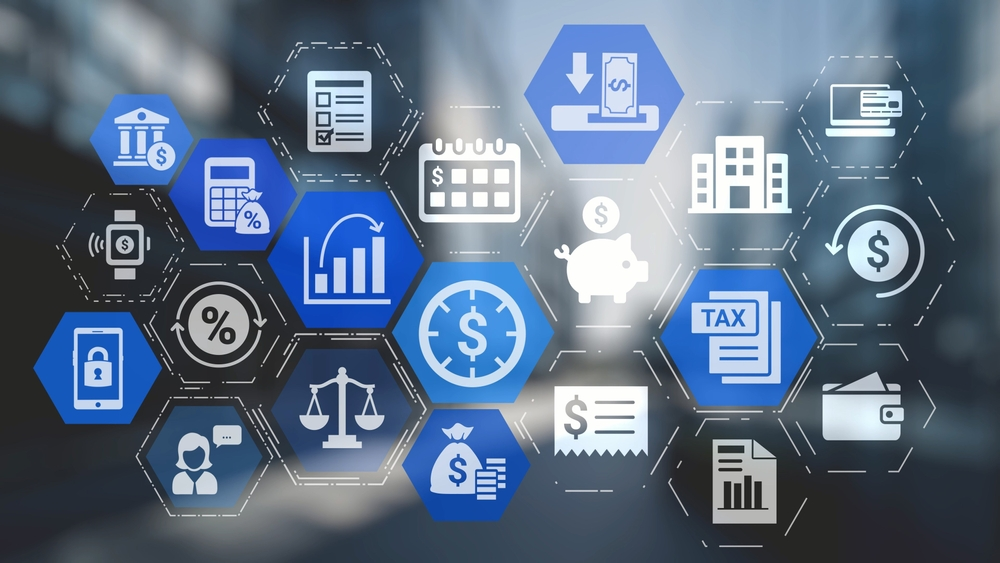“Business as usual” has become a thing of the past thanks to the corona virus. In these unpredictable times, there is no such thing as “normal.” Organizations that outmaneuver uncertainty, on the other hand, develop a level of resilience that they can rely on, regardless of the changes that occur. Executives in the C-suite have their job cut out for them. They must concentrate on tactics that balance the current requirements of their consumers, workers, and other stakeholders with a restoration to long-term competitiveness.
Senior leaders must make strategic decisions that will take them to a revitalized future state as we transition from reaction to recovery, no matter how paralyzing the uncertain picture may appear.
React, Revamp, Restart
The pandemic response seen can be broken down into three phases. Of course, the duration of each phase will vary as per the department, product/service – also by country, organization and even industry.
These phases are prima facie define as to what happens at each stage:
React
Immediate steps were taken to ensure that employees were safe and that critical company activities continued to function. This brief period is characterized by intense effort and even chaotic activity. Stop bleeding with these quick treatments.
Revamp
To stabilize operations, a more organized/coordinated effort is needed. Make a plan to go back to a scalable state. Determine which capabilities need to be strengthened, refactored, reopened, rehired, re-budgeted, and resupplied.
Restart
Over a long period of time, the organization has been distinguished by strategic, long-term execution. Learn innovative, repeatable, and scalable methods to run operations processes and workflows.
To consolidate around a stronger foundation and path ahead, use lessons learned and emergent patterns from previous phases.
Build resilience
Dexterous resets also help organizations become more resilient. One can be better positioned to withstand the next crisis if they eliminate flaws in their business and operating models.
This is crucial and need of the hour.
Any increase in company activity may easily be followed by another phase of reaction, recovery, and resumption, therefore it’s critical to swiftly absorb lessons gained and incorporate long-term improvements into business and operational models.
Reboot for a tenable future
Yours might be one of the firms that restores to pre-pandemic standards, but it won’t have been an easy road. Nonperishable consumer products’ manufacturers are an excellent example. They saw surges in demand at first, but demand may quickly fall when the crisis-driven overstocking subsides. That period, too, will pass, and demand will return to pre-pandemic levels.
What are your plans for the future? This crisis has provided a chance to reset some of your objectives and ambitions; now is the moment to ask: “Do we want to be different — and if so, how?” as we recover from this catastrophe.
Staying up to date on the current managerial and business trends may help you stay competitive and relevant in the market. There are several strategic business management programs that help you accomplish your learning objectives.
If you’re keen on gaining strategic insights then you can explore the Master in Strategic Management and Leadership program offered by C3S Business School.
This program will educate you how to formulate and evaluate business strategies which will help you enhance your firm’s productivity and agility.
In addition, the course encompasses various aspects of human resource management and corporate ethics, both of which may help you improve your leadership abilities.
In case of any disruption due to unforeseen circumstances globally, the online educational model can ensure that your learning is incessant and uninterrupted.




